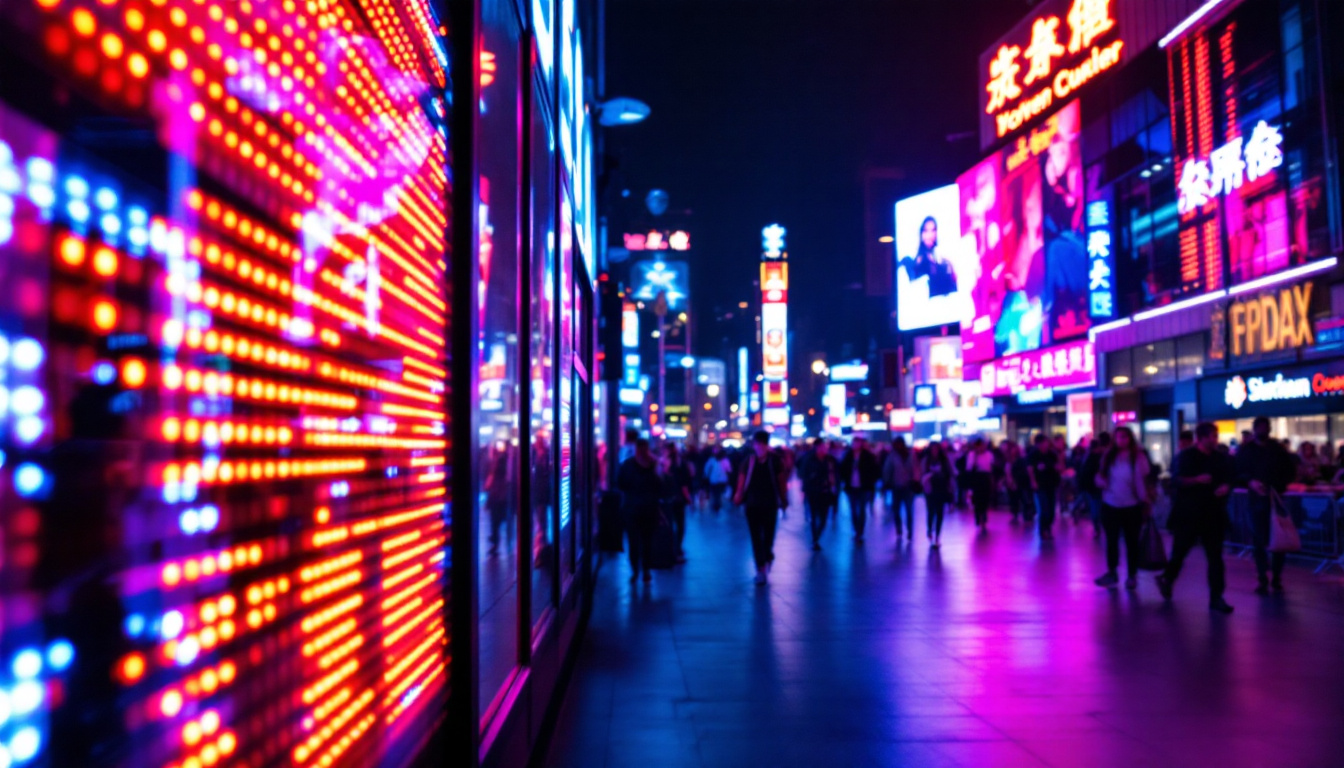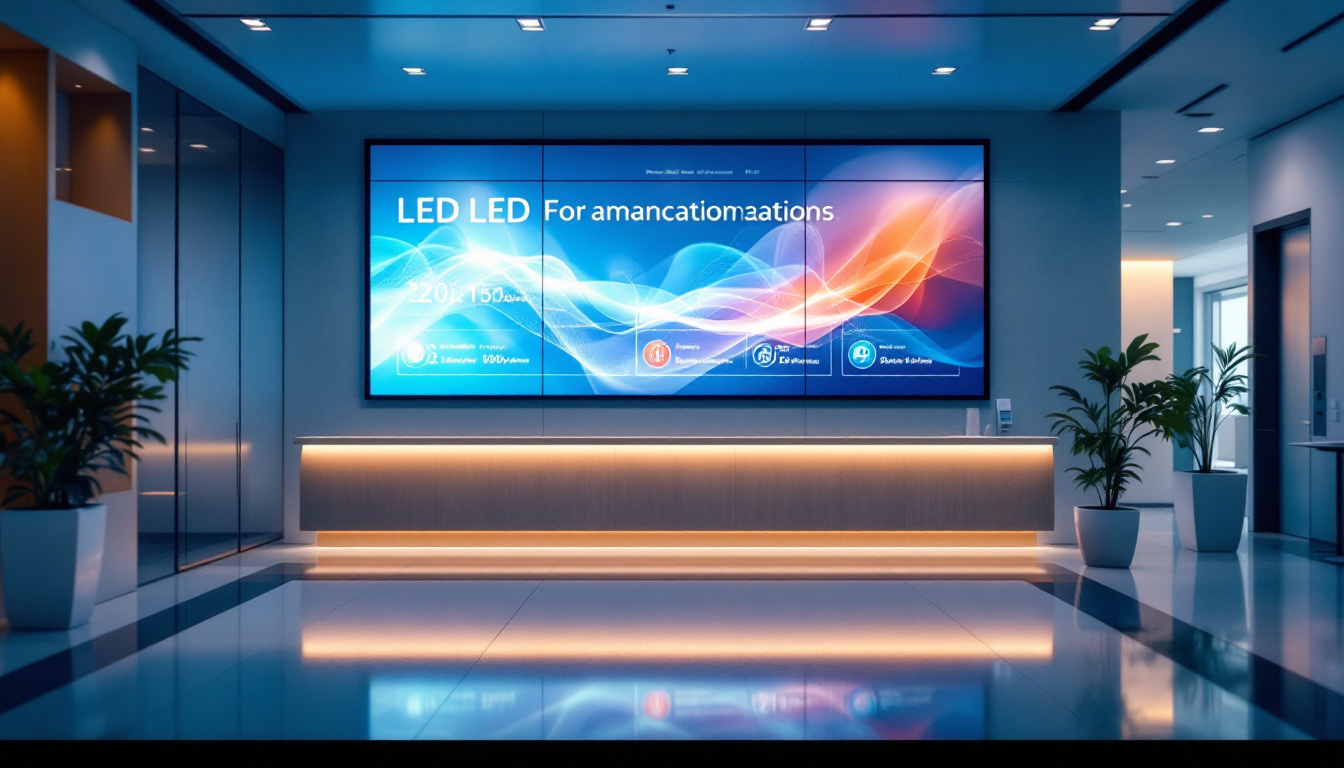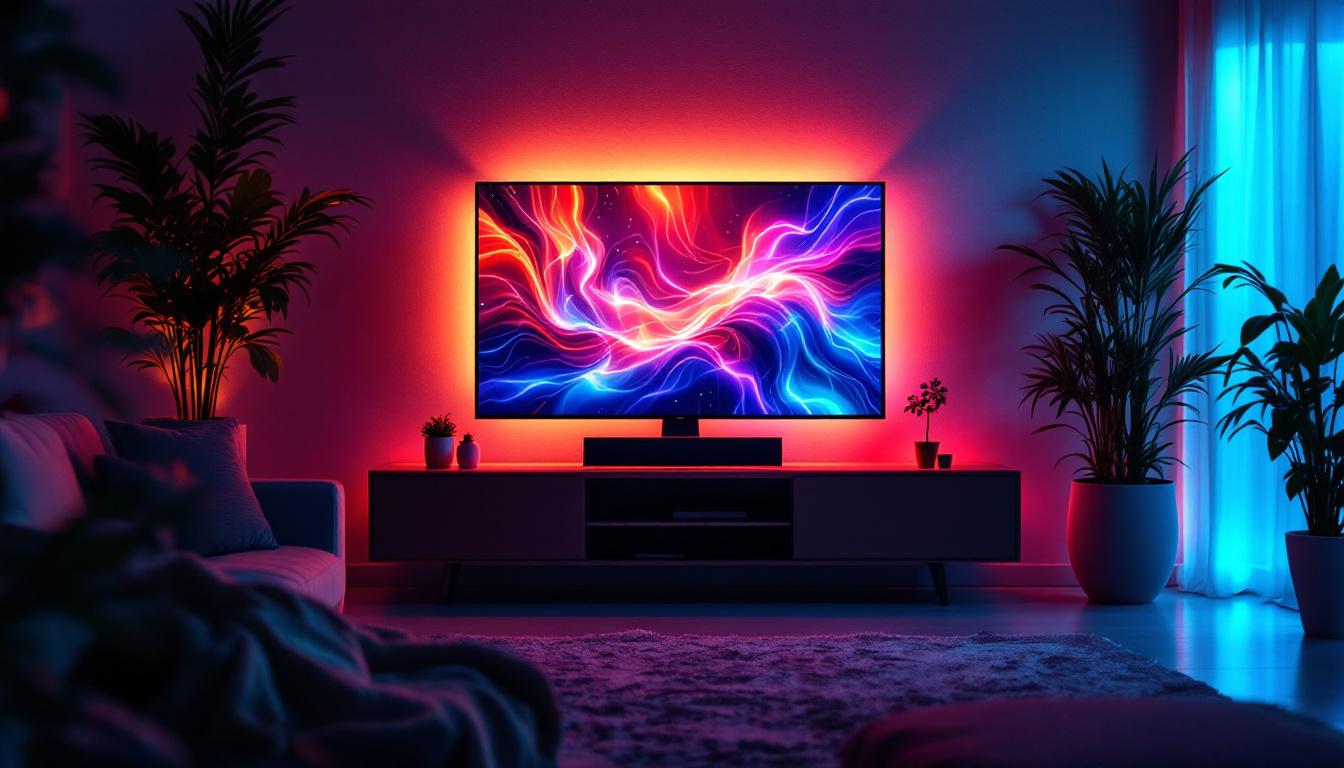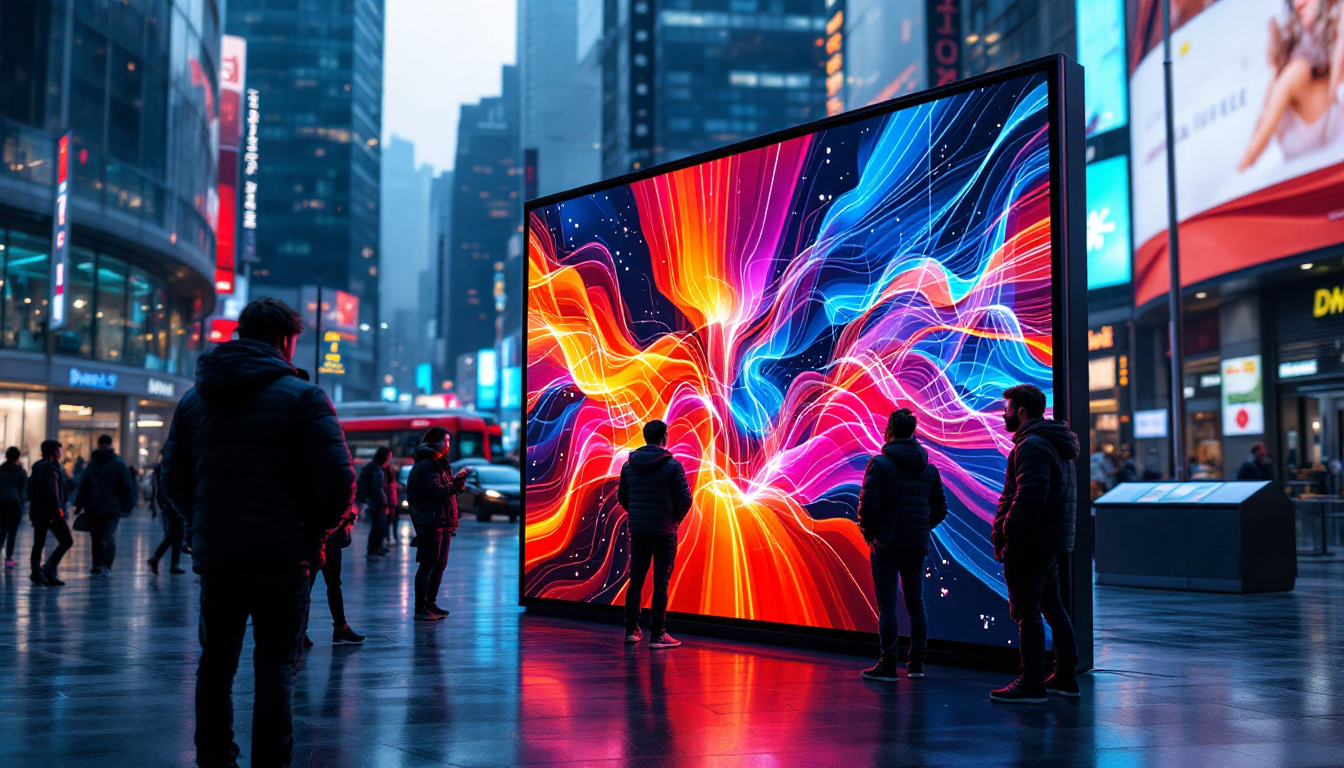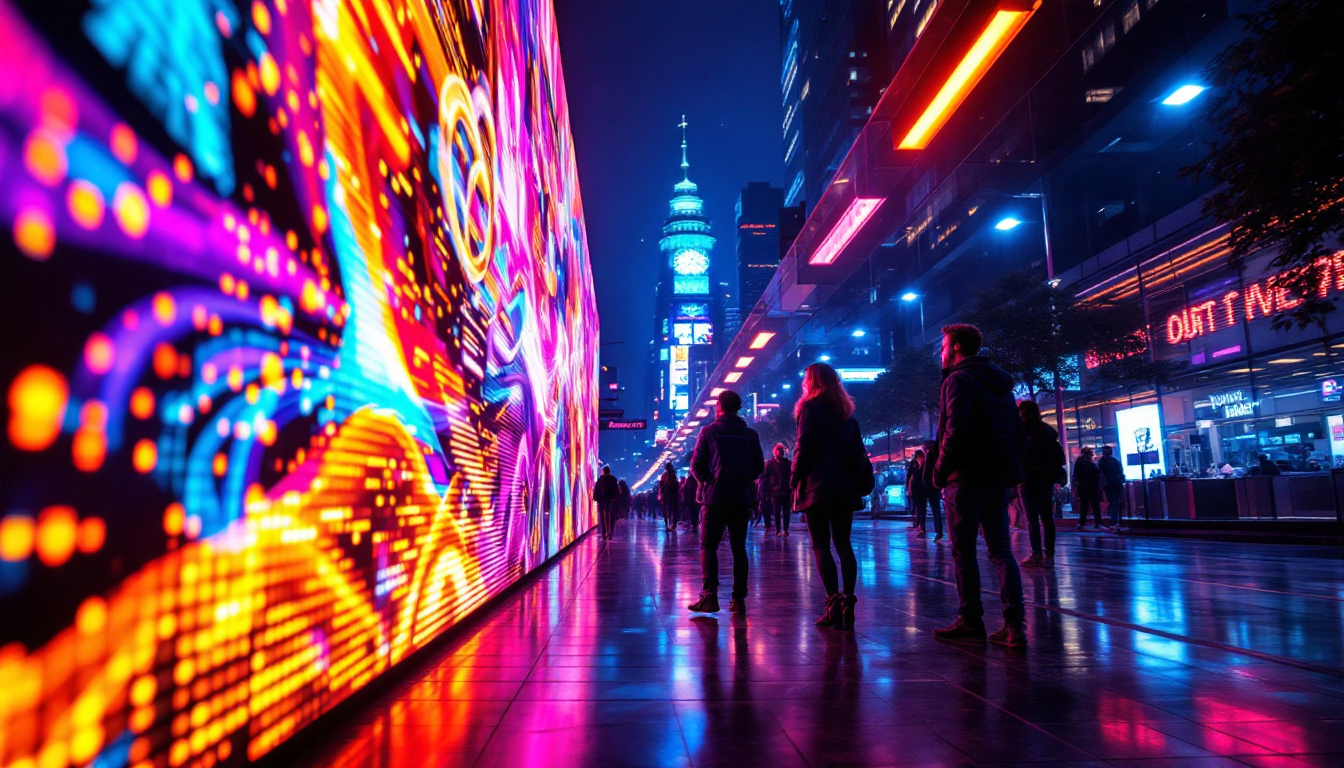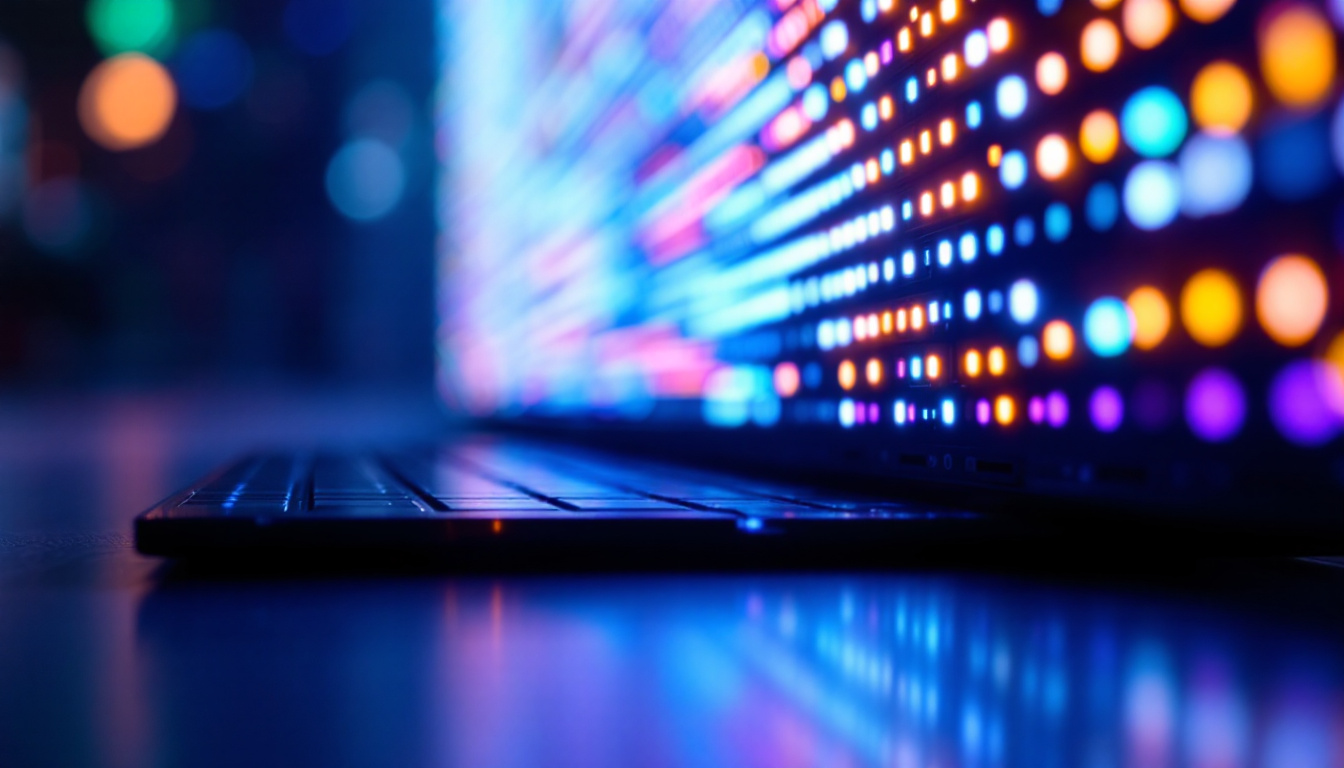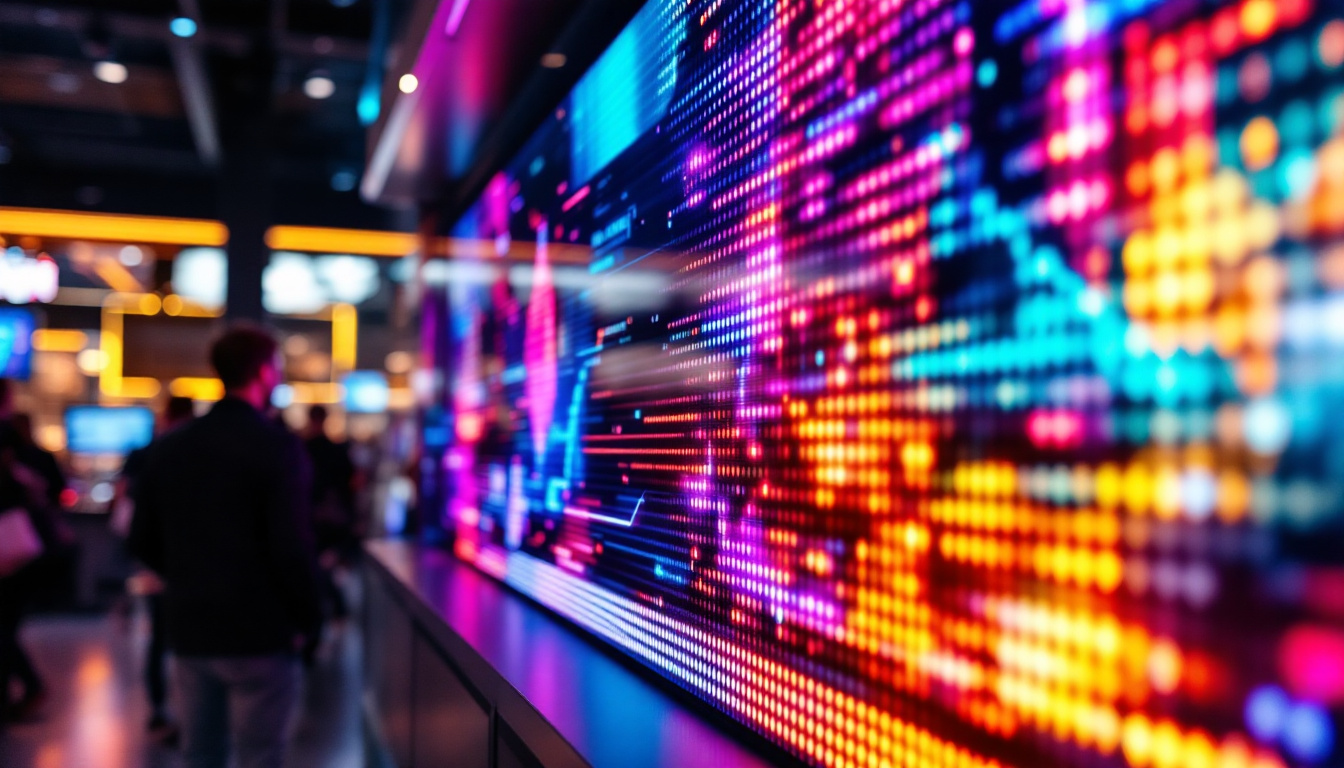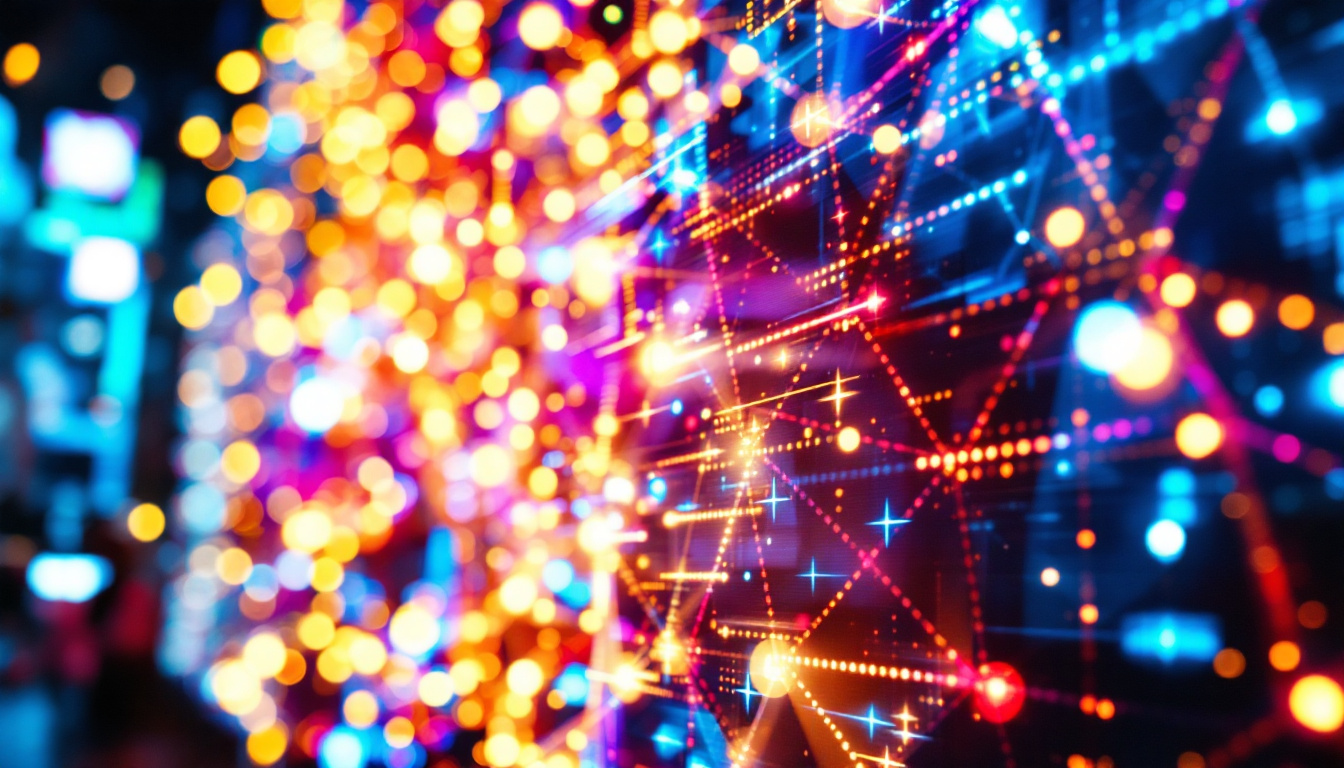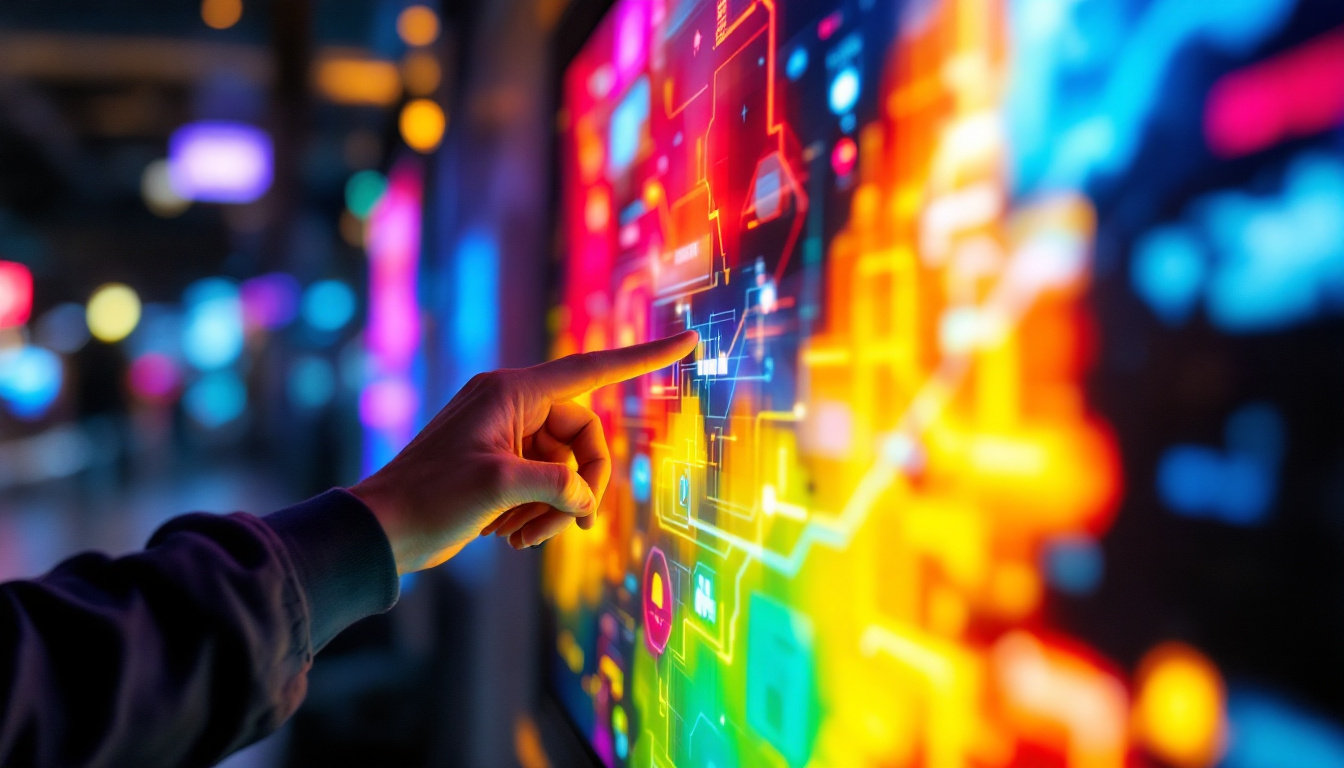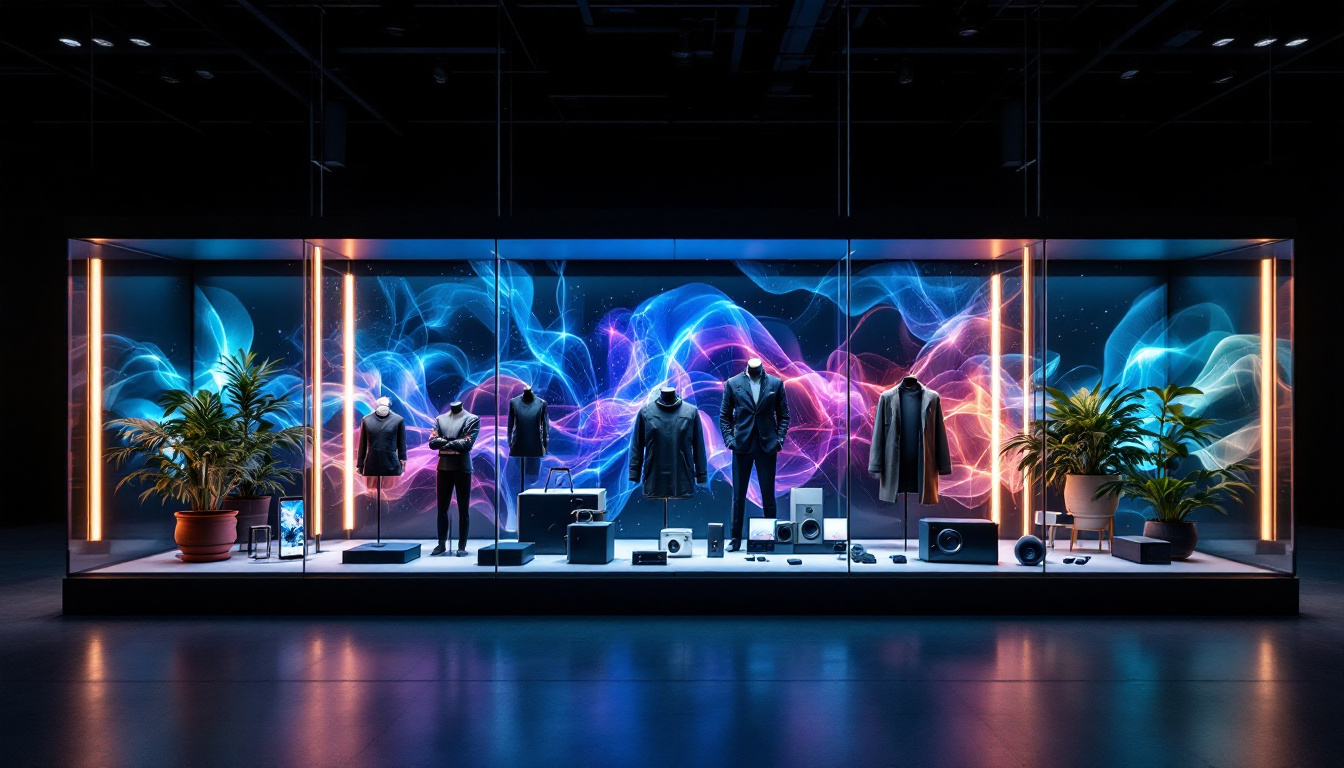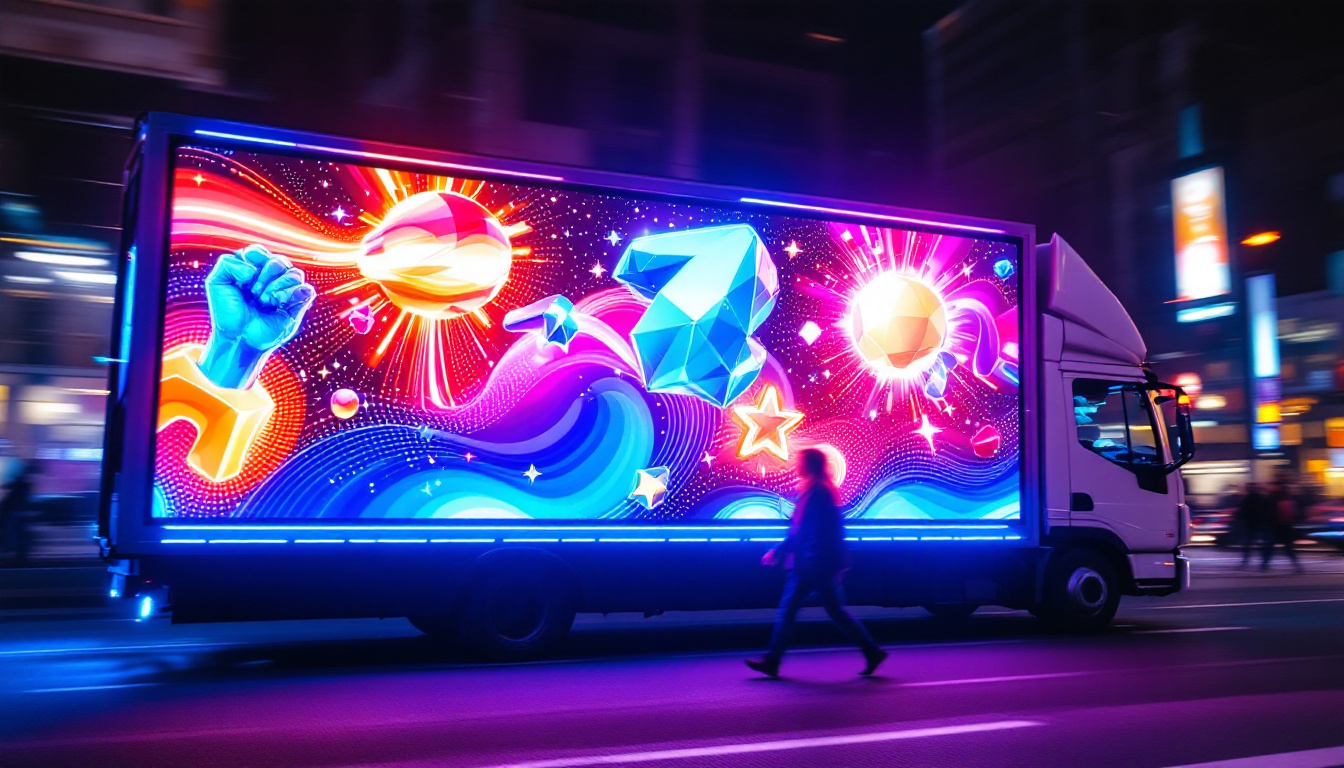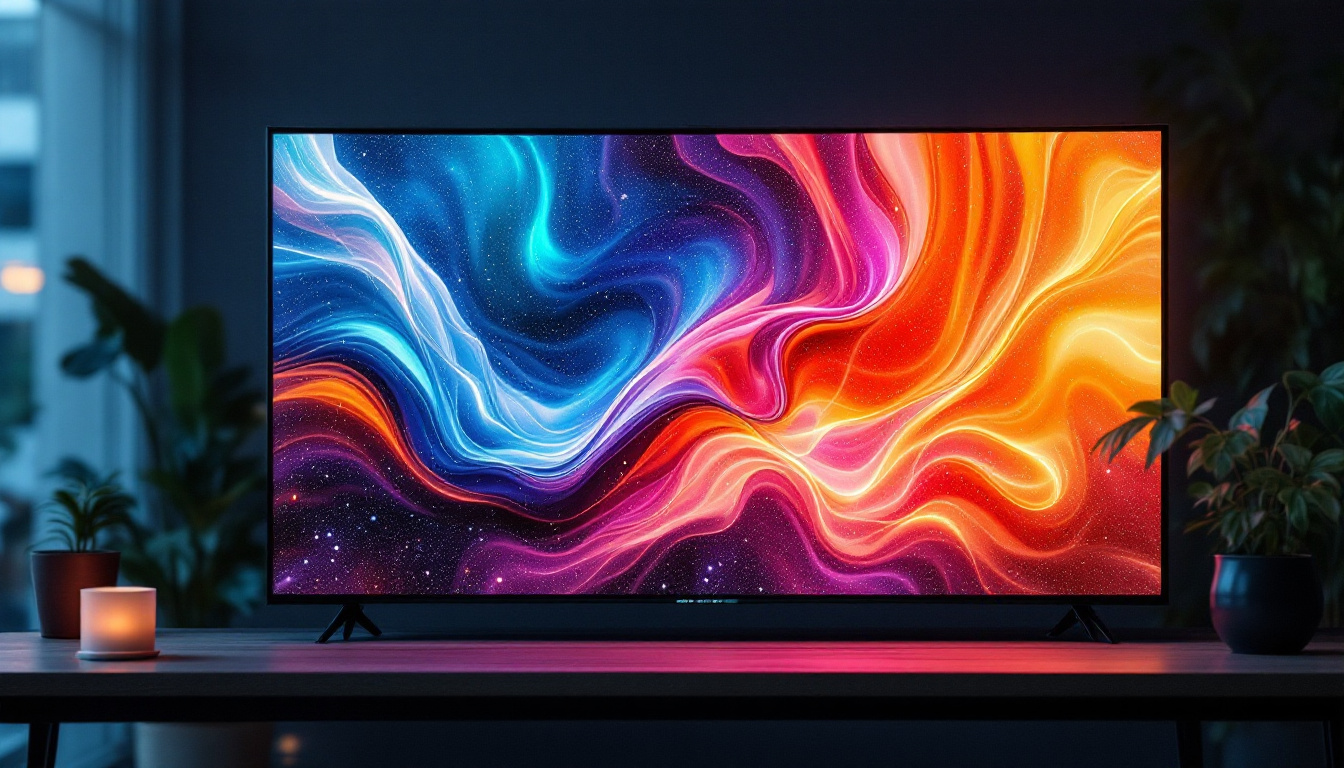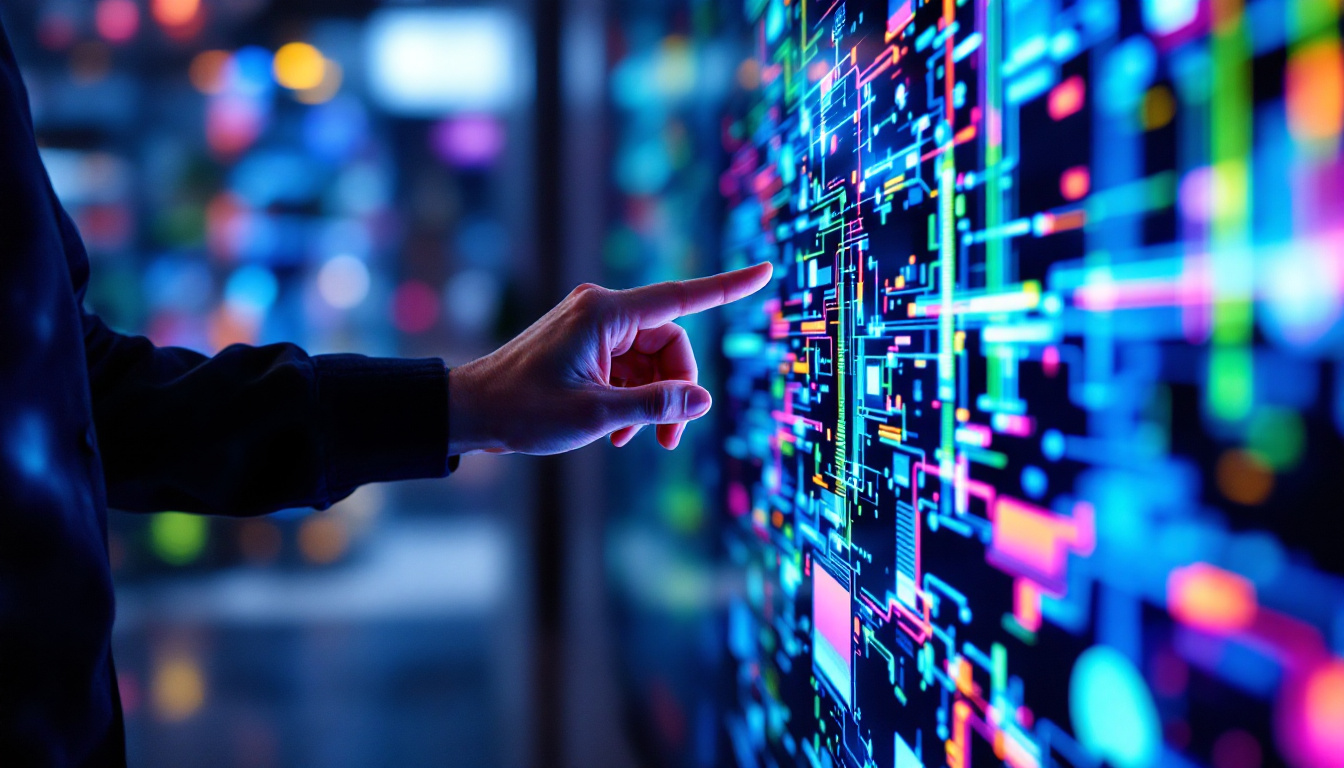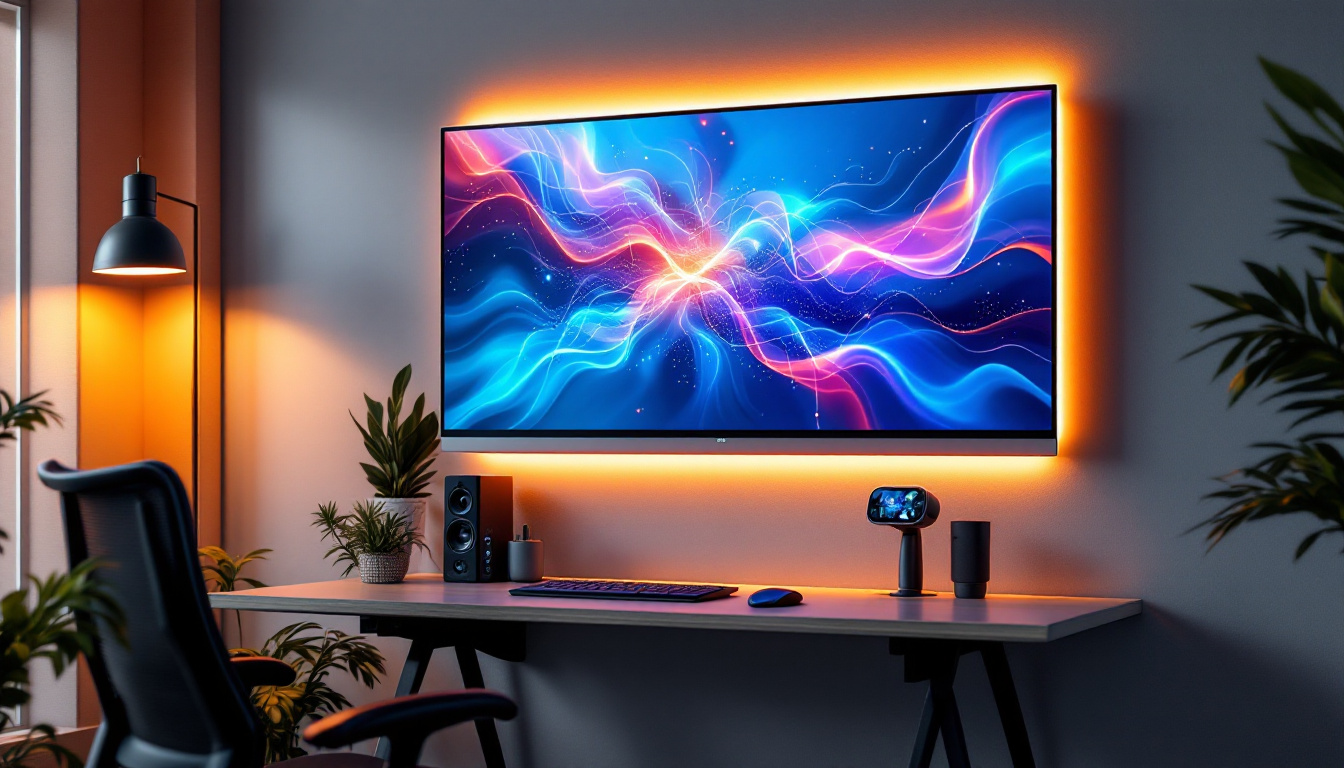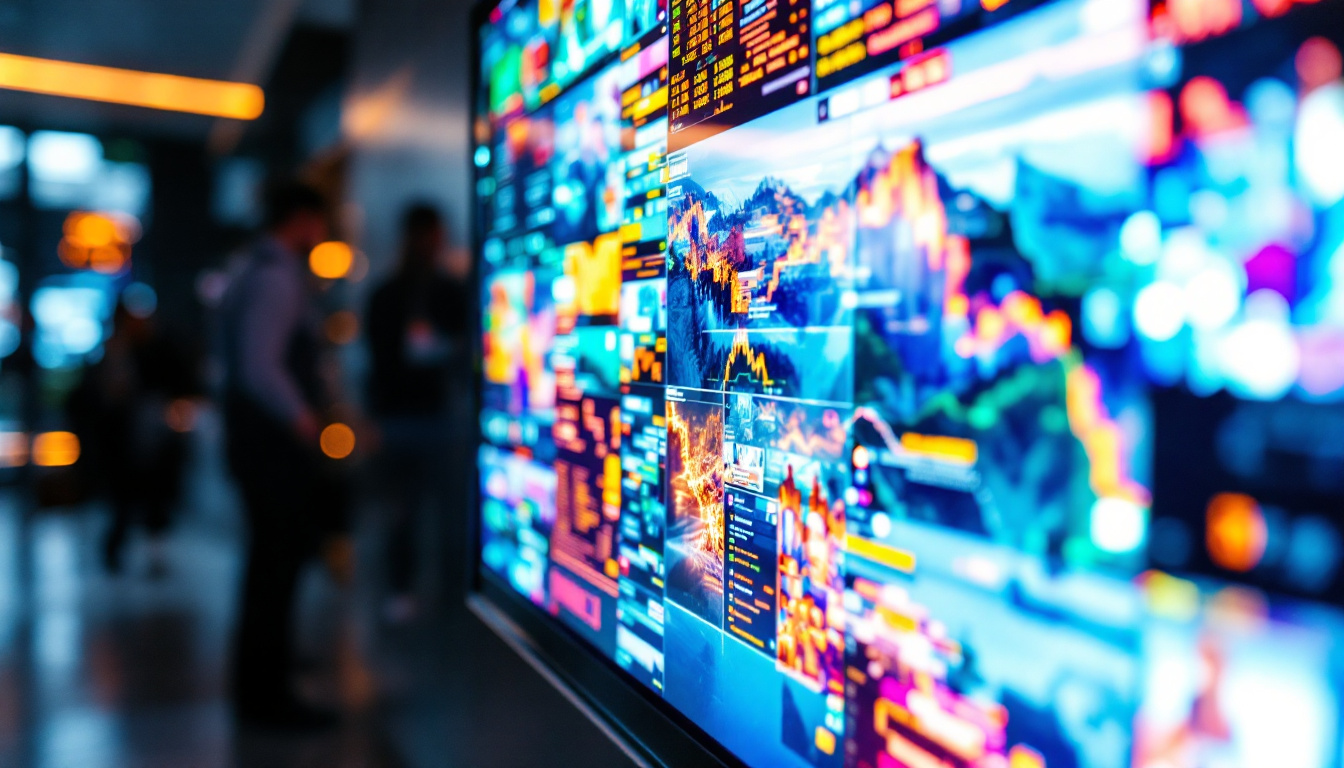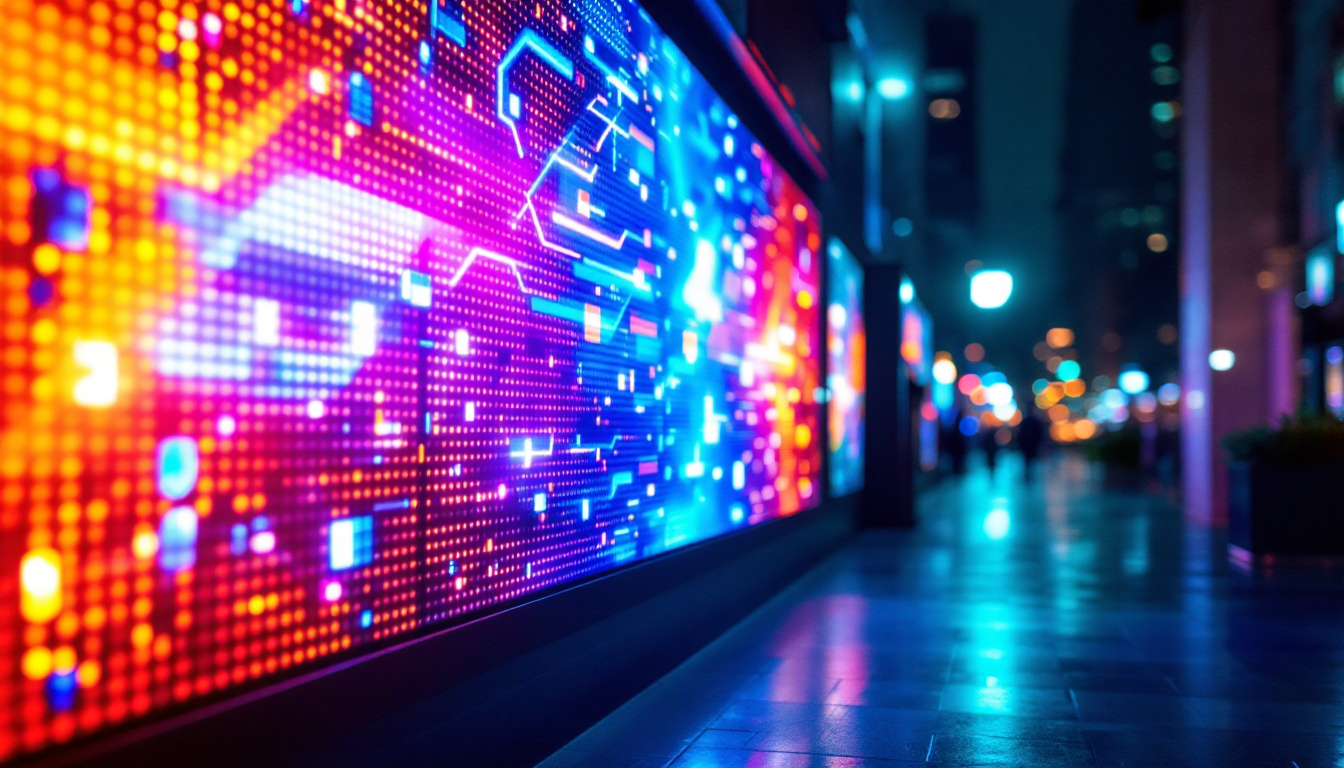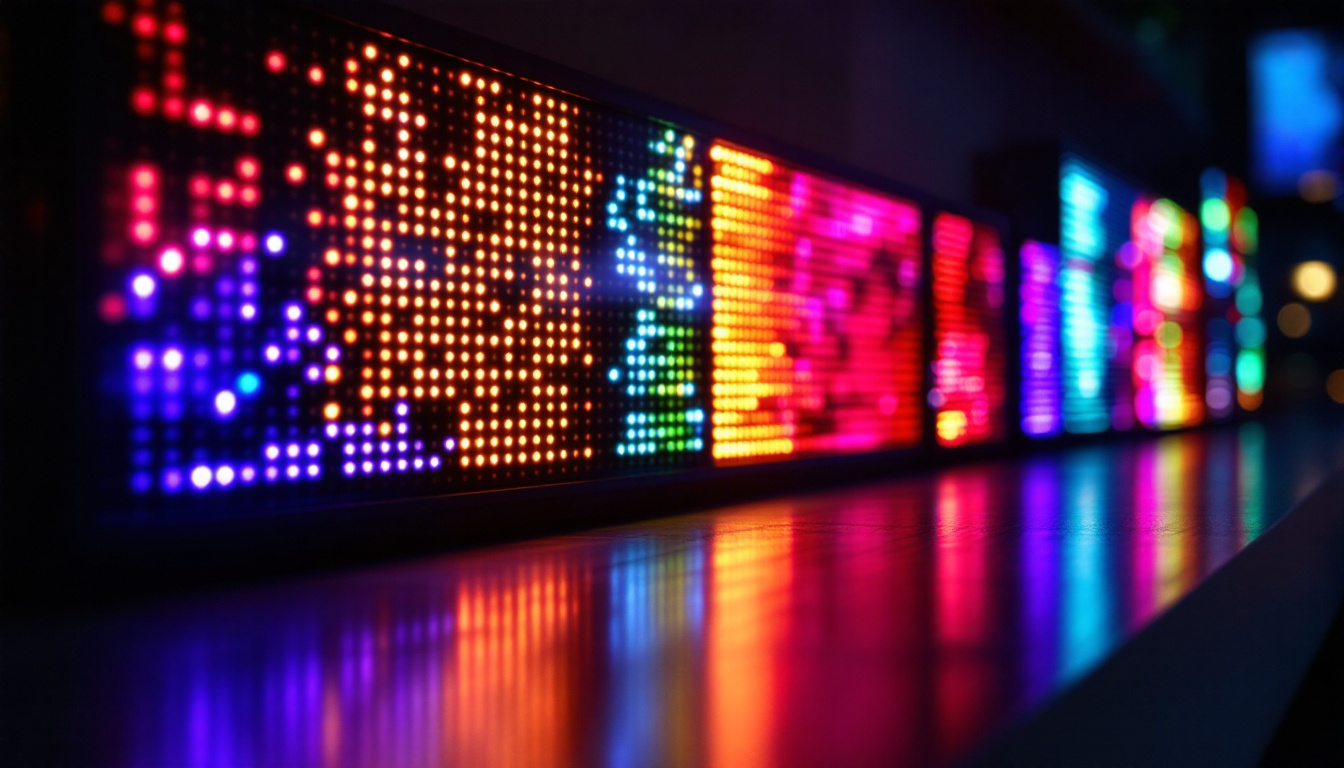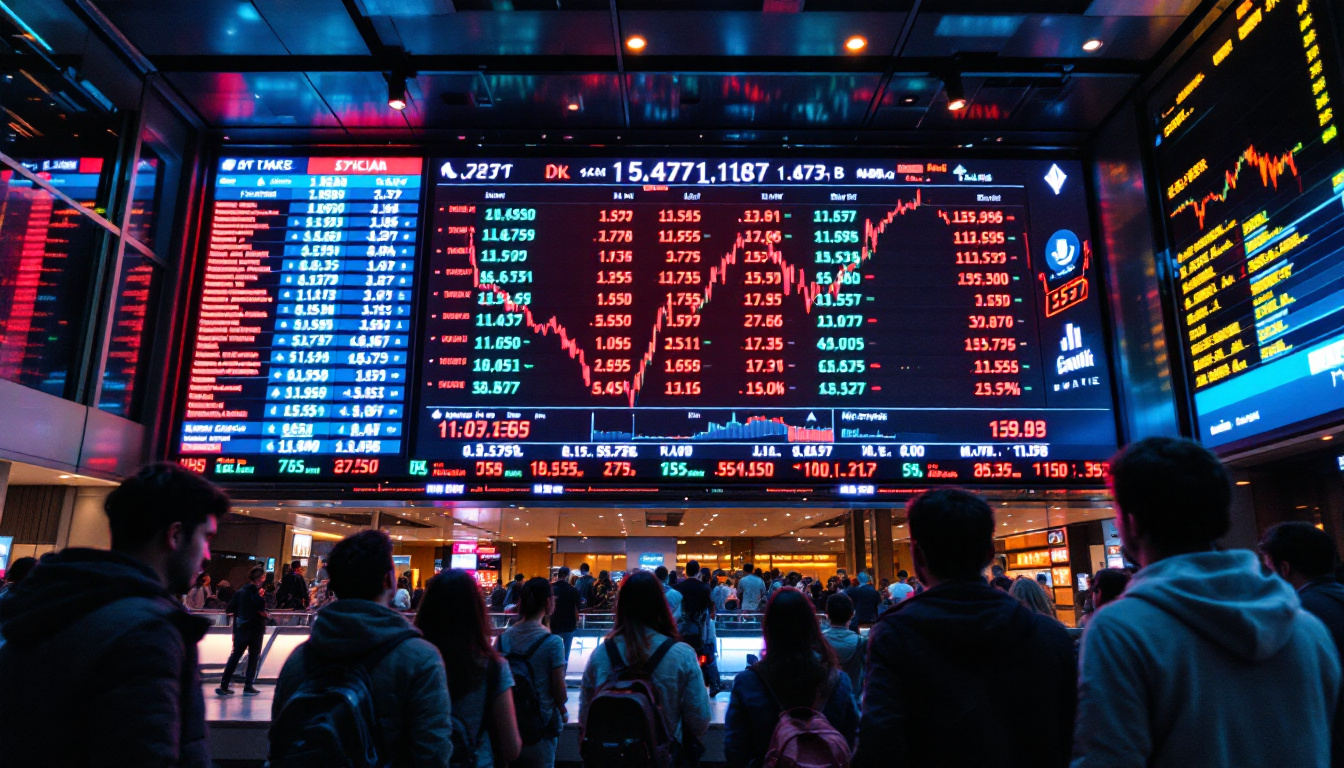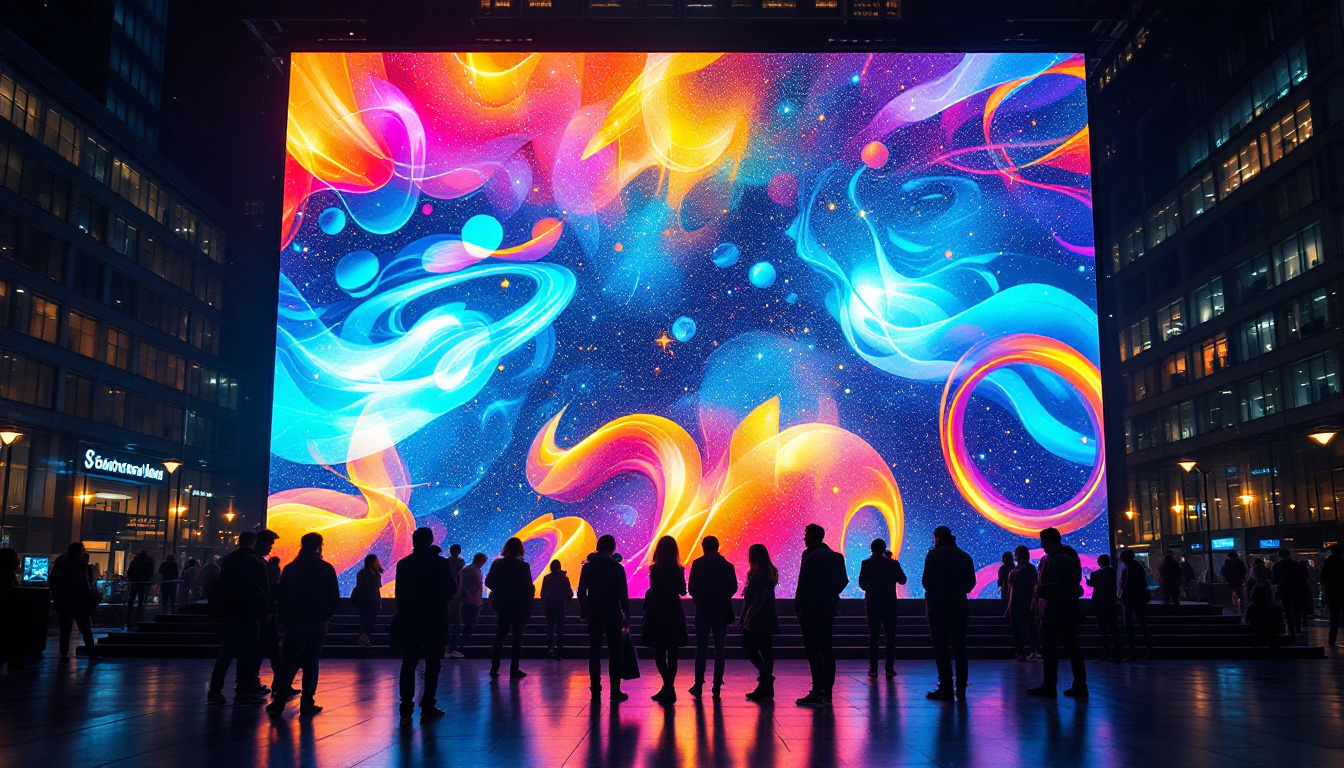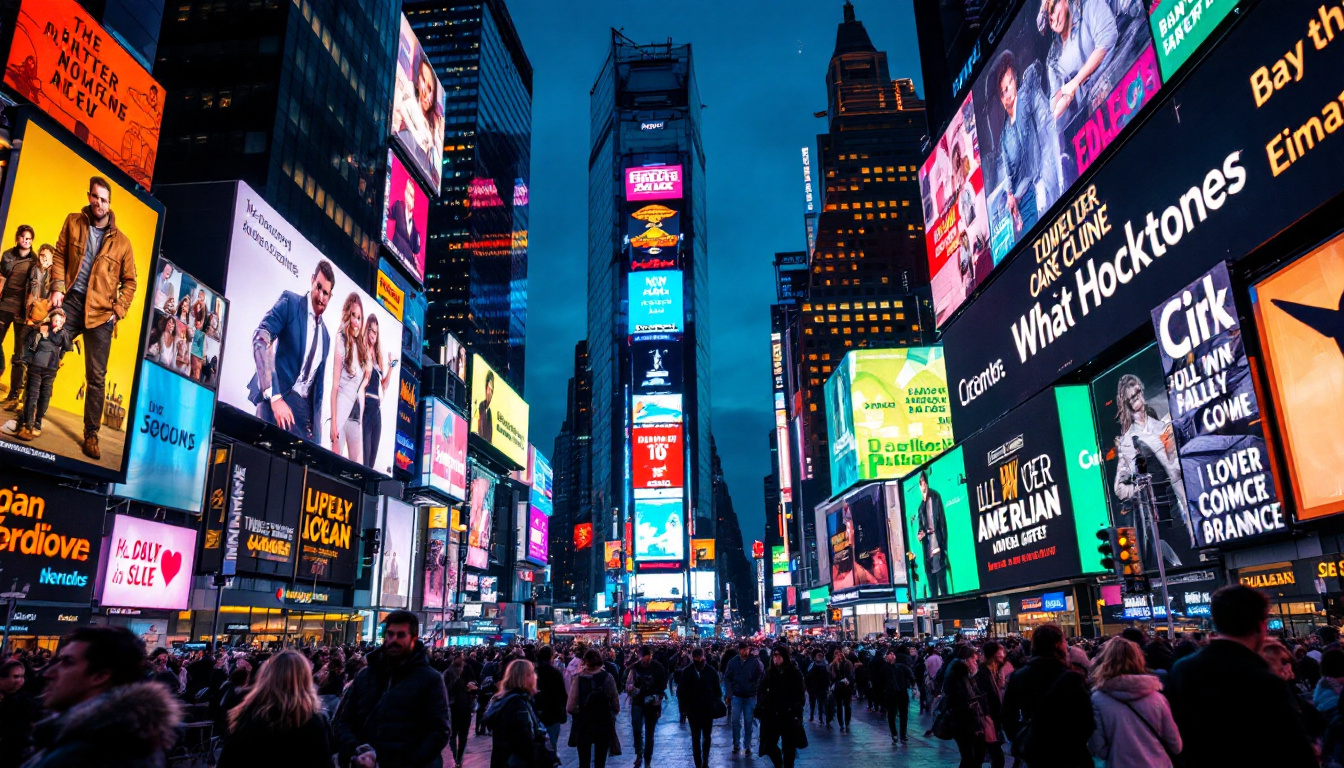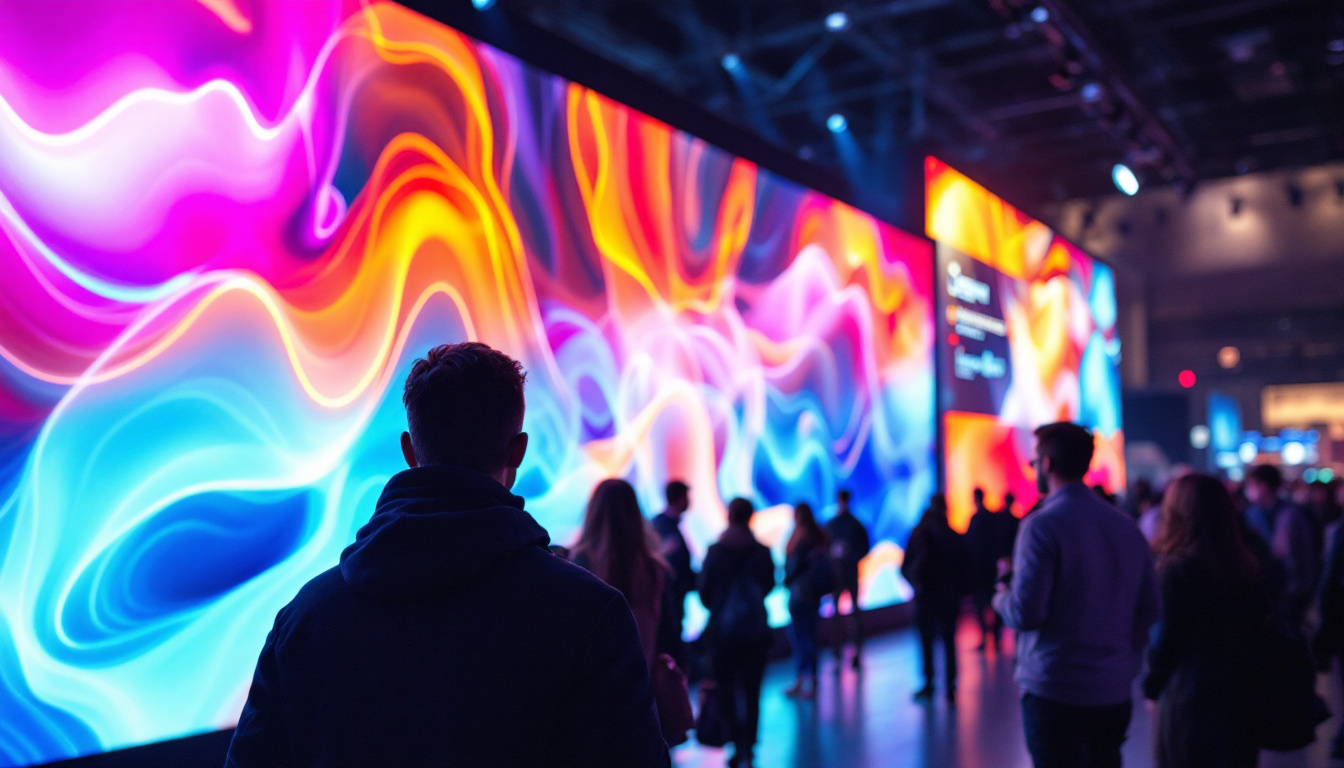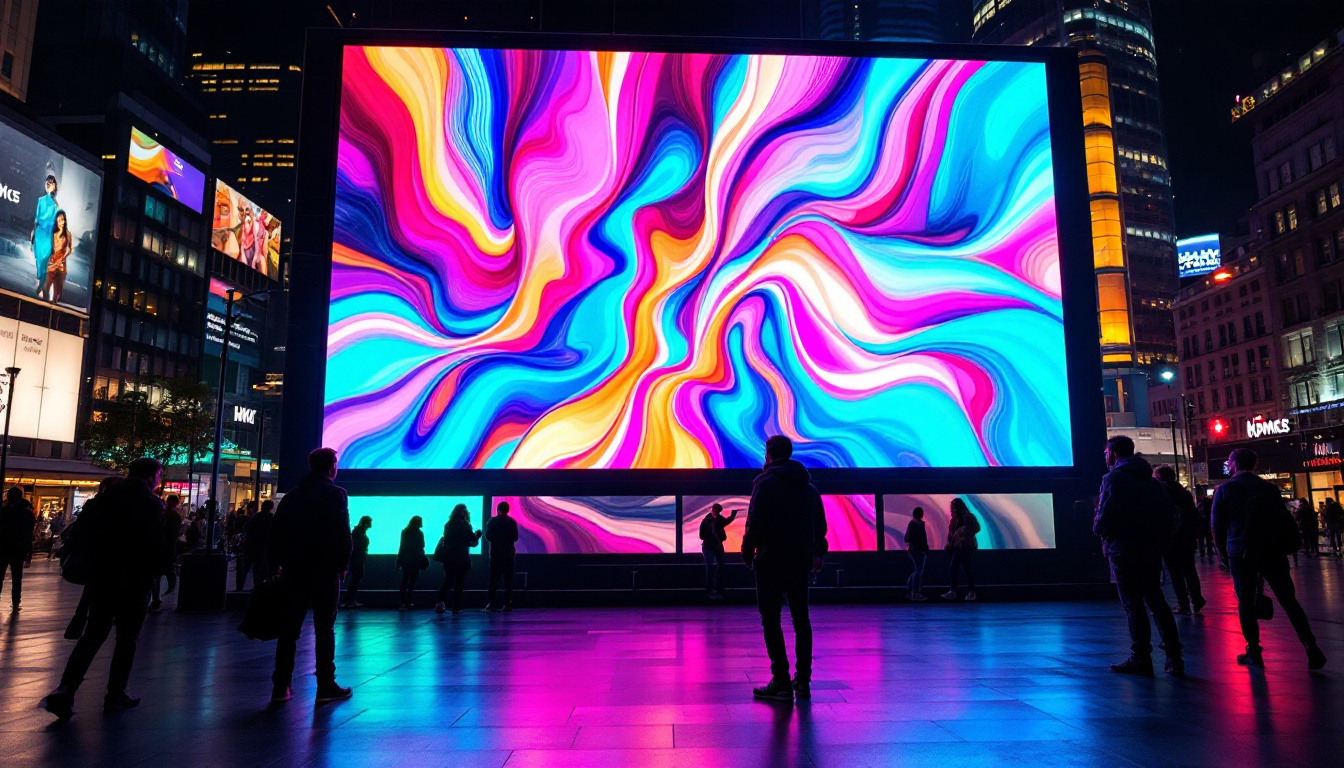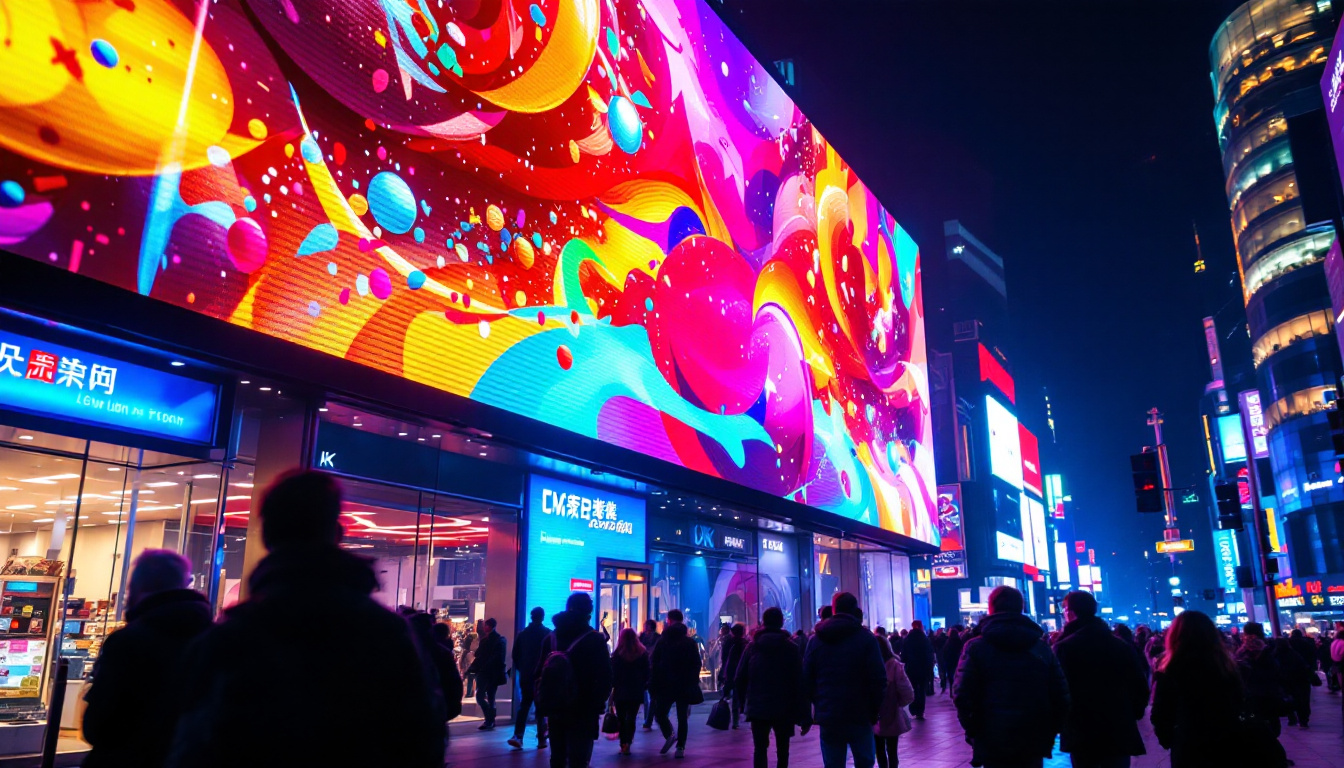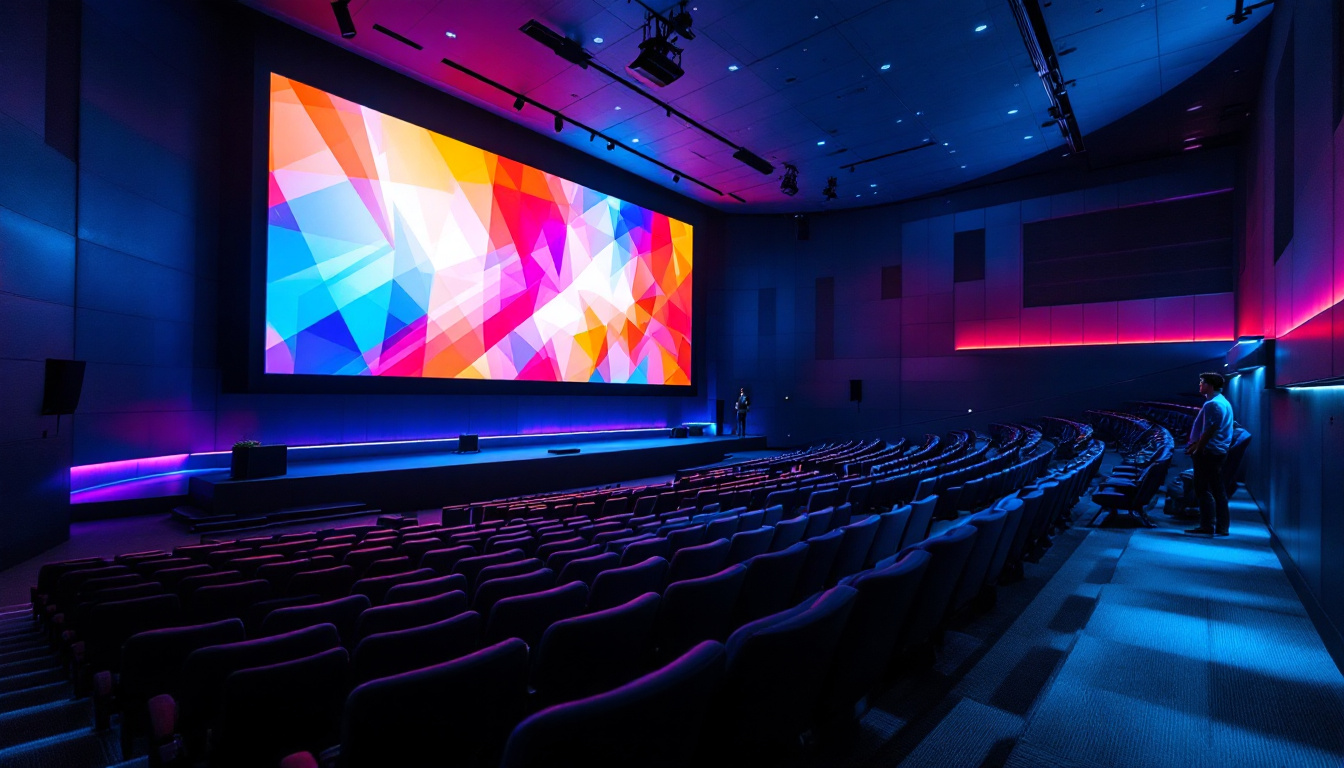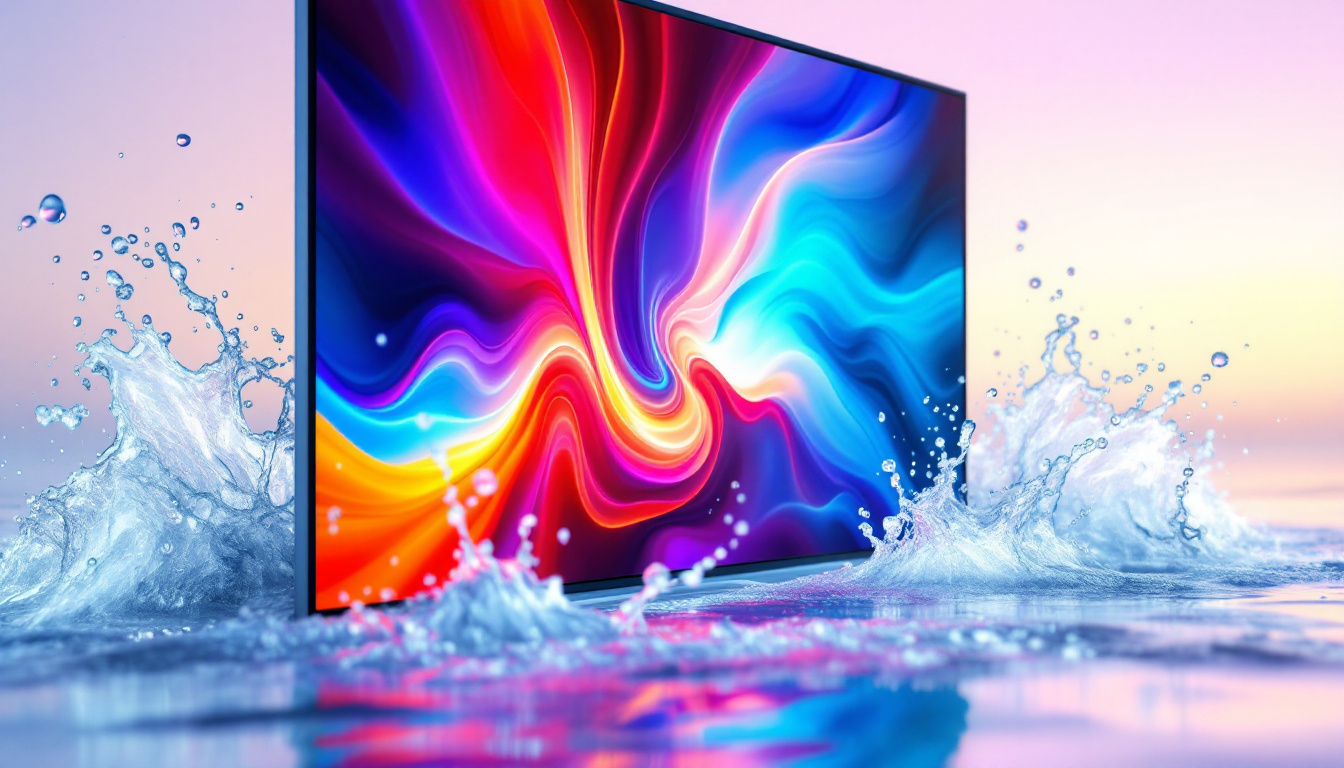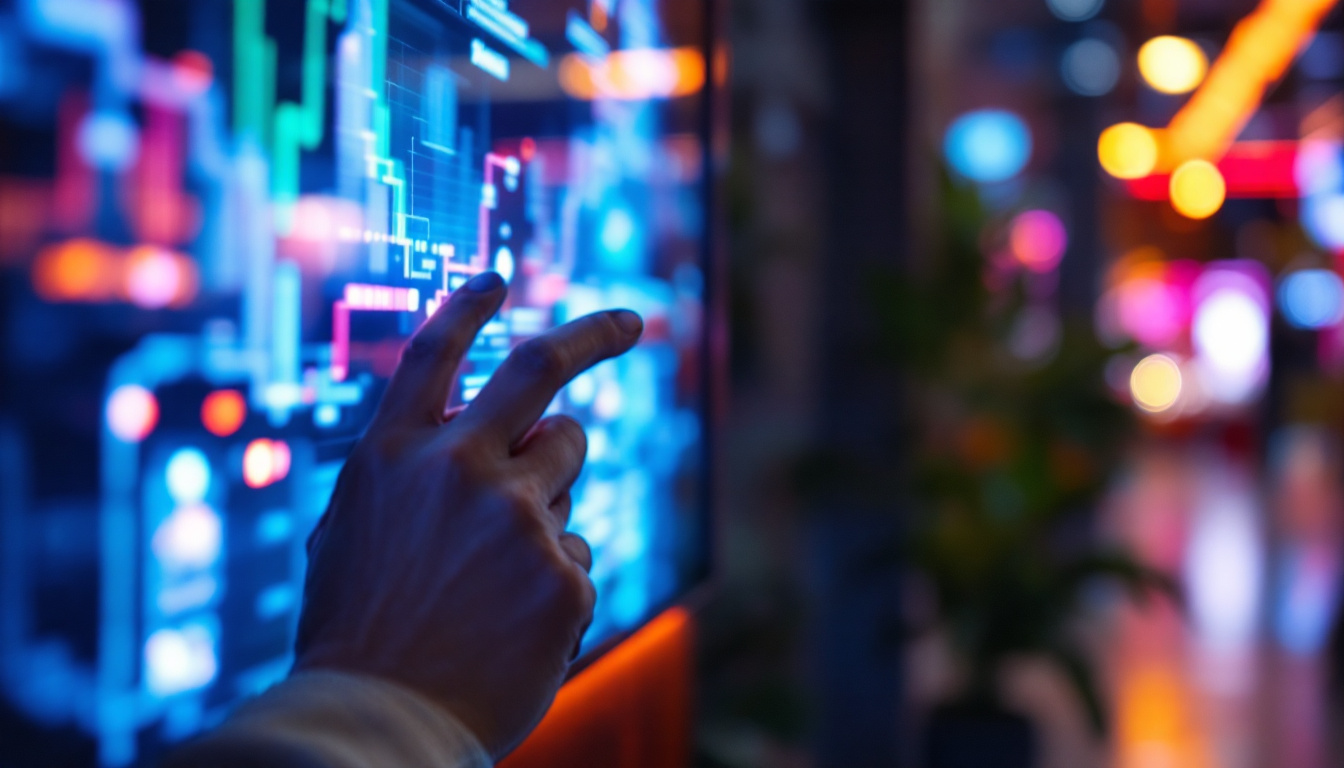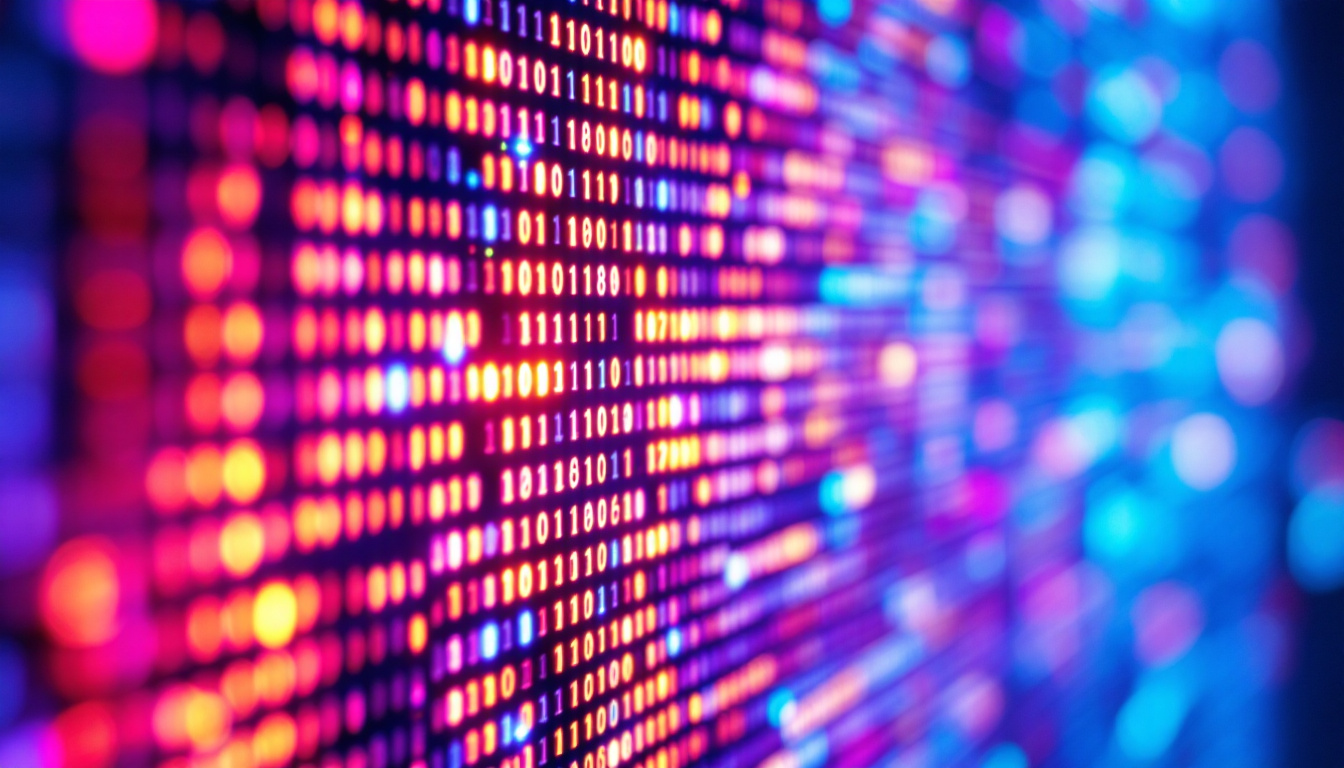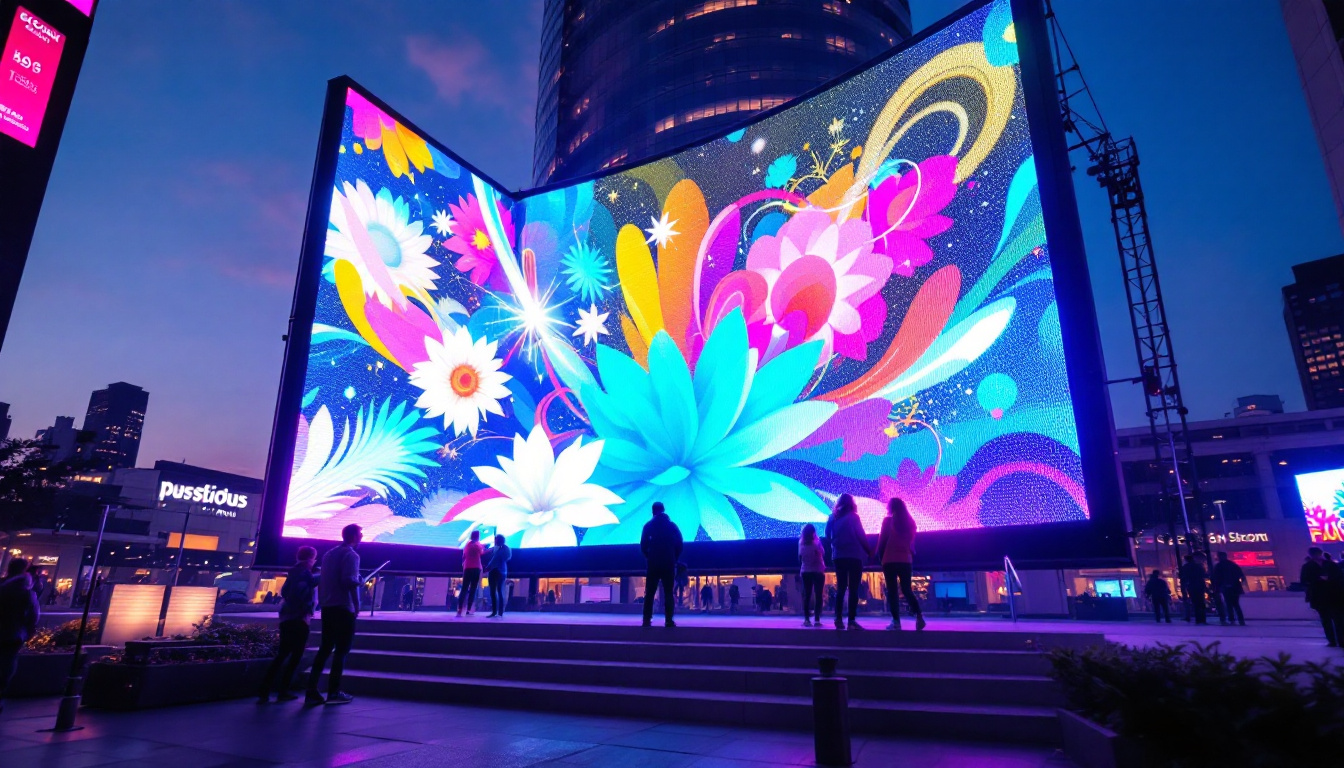In the modern world, visual communication plays a crucial role in how businesses and organizations convey their messages. Among the most effective tools for this purpose are LED displays, which have transformed the landscape of advertising, information dissemination, and entertainment. Dynamic Displays Inc stands at the forefront of this technology, providing innovative solutions that cater to a diverse range of needs. This article delves into the intricacies of LED displays, exploring their functionality, advantages, and various applications.
Understanding LED Technology
LED, or Light Emitting Diode, technology has revolutionized the way we think about lighting and display solutions. Unlike traditional lighting methods, LEDs are semiconductor devices that emit light when an electric current passes through them. This fundamental principle underpins the operation of LED displays.
How LEDs Work
At the core of LED technology is the movement of electrons within a semiconductor material. When electricity flows through the diode, it excites the electrons, causing them to release energy in the form of light. This process is highly efficient, leading to lower energy consumption compared to incandescent or fluorescent lights.
LED displays are composed of numerous tiny LEDs arranged in a grid format. Each pixel in an LED display consists of red, green, and blue (RGB) diodes that can be combined to create a full spectrum of colors. This capability allows for vibrant images and videos, making LED displays a popular choice for various applications. The ability to adjust brightness and color dynamically also means that these displays can be used in a wide range of environments, from brightly lit outdoor settings to dimly lit indoor spaces, ensuring optimal visibility at all times.
The Evolution of LED Displays
The journey of LED displays began in the early 1960s with the invention of the first visible-spectrum LED. Over the decades, advancements in technology have led to the development of more sophisticated displays, including full-color screens capable of displaying high-definition content. Today, LED displays are widely used in outdoor advertising, sports arenas, concert venues, and even in homes. The transition from bulky cathode ray tubes (CRTs) to sleek LED screens has not only enhanced the aesthetic appeal of devices but also significantly improved their portability and functionality.
As LED technology continues to evolve, we are witnessing the emergence of flexible and transparent LED displays, which open up new possibilities for design and application. These innovative displays can be integrated into various surfaces, from windows to clothing, allowing for creative advertising and interactive experiences. Furthermore, advancements in smart LED technology are paving the way for displays that can adapt to their environment, adjusting brightness based on ambient light or even responding to user interactions, thus enhancing the overall user experience and engagement.
Advantages of LED Displays
LED displays offer numerous advantages that make them a preferred choice for businesses and organizations. From energy efficiency to versatility, these displays provide a range of benefits that cater to various needs.
Energy Efficiency
One of the most significant advantages of LED displays is their energy efficiency. Compared to traditional display technologies, LEDs consume significantly less power, leading to reduced electricity costs. This efficiency not only benefits businesses financially but also contributes to environmental sustainability. By utilizing less energy, companies can lower their carbon footprint, aligning with global efforts to combat climate change. Furthermore, many governments and organizations offer incentives for businesses that adopt energy-efficient technologies, providing additional financial benefits.
Durability and Longevity
LED displays are built to last. They are resistant to shock and vibration, making them suitable for outdoor environments where they may be exposed to harsh weather conditions. Additionally, LED technology has a longer lifespan than traditional display methods, often lasting up to 100,000 hours or more. This longevity reduces the need for frequent replacements, further enhancing their cost-effectiveness. The robust design of LED displays also means they require less maintenance, which can save businesses time and resources. With fewer components that can fail, organizations can focus on their core activities rather than worrying about display upkeep.
High Brightness and Visibility
Another key advantage of LED displays is their high brightness levels. This feature ensures that content remains visible even in direct sunlight, making them ideal for outdoor advertising. The vibrant colors and sharp images produced by LED displays capture attention, ensuring that messages are effectively communicated to the audience. In addition to their brightness, LED displays can also be programmed to adjust their brightness levels automatically based on ambient light conditions. This adaptability not only enhances visibility but also contributes to energy savings, as the display can dim during low-light conditions, further extending its lifespan and reducing operational costs.
Versatility in Applications
LED displays are incredibly versatile, making them suitable for a wide range of applications. From large-scale billboards and stadium screens to smaller digital signage in retail environments, the adaptability of LED technology allows businesses to customize their displays to meet specific needs. Moreover, LED displays can be configured in various shapes and sizes, enabling creative installations that can enhance branding and marketing efforts. This flexibility extends to content management as well; many LED displays can be easily updated remotely, allowing businesses to change their messaging in real-time to respond to market trends or promotional events, thus maximizing engagement with their audience.
Applications of LED Displays
LED displays have found applications across various sectors, each leveraging the technology’s unique advantages to enhance communication and engagement. From advertising to information sharing, the versatility of LED displays is evident in their widespread use.
Advertising and Marketing
In the realm of advertising, LED displays have become a staple for businesses looking to capture consumer attention. Digital billboards, for instance, allow for dynamic content that can be updated in real-time, enabling advertisers to tailor their messages based on audience demographics or current events. This flexibility enhances the effectiveness of marketing campaigns, driving higher engagement rates.
Transportation and Wayfinding
LED displays are also extensively used in transportation systems for wayfinding and information dissemination. Airports, train stations, and bus terminals utilize LED screens to provide real-time updates on schedules, delays, and other important information. The clarity and visibility of LED displays ensure that travelers can easily access the information they need, enhancing their overall experience.
Entertainment and Events
In the entertainment industry, LED displays are a crucial component of concerts, festivals, and sporting events. Large-scale LED screens are used to display live feeds, graphics, and advertisements, creating an immersive experience for attendees. The ability to produce high-quality visuals in various formats allows event organizers to engage audiences more effectively.
Types of LED Displays
LED displays come in various types, each designed to meet specific needs and applications. Understanding the different types can help businesses and organizations choose the right solution for their requirements.
Indoor LED Displays
Indoor LED displays are designed for use in enclosed spaces, such as shopping malls, conference rooms, and retail environments. These displays typically have a higher pixel density, resulting in sharper images and text. They are ideal for presentations, advertising, and information sharing in settings where close viewing is common.
Outdoor LED Displays
Outdoor LED displays are built to withstand the elements, featuring weatherproof enclosures and higher brightness levels. These displays are commonly used for billboards, stadiums, and public events. Their robust construction ensures durability while delivering clear visuals even in bright sunlight.
Transparent LED Displays
Transparent LED displays represent a cutting-edge innovation in display technology. These displays allow for the visibility of objects behind them while simultaneously showcasing digital content. This unique feature makes them ideal for retail environments, where they can be used to enhance product displays without obstructing the view of merchandise.
Challenges and Considerations
While LED displays offer numerous advantages, there are also challenges and considerations that businesses must address when implementing this technology. Understanding these factors can help ensure successful deployment and operation.
Initial Investment Costs
The initial investment for LED displays can be significant, especially for large-scale installations. Businesses must weigh the upfront costs against the long-term benefits of energy savings and reduced maintenance expenses. Careful budgeting and planning are essential to ensure that the investment aligns with the organization’s financial goals.
Content Management
Effective content management is crucial for maximizing the impact of LED displays. Organizations must invest in content creation and management systems that allow for easy updates and scheduling of digital content. Without a well-planned content strategy, the potential of LED displays may not be fully realized.
Technical Expertise
Operating and maintaining LED displays may require specialized technical expertise. Organizations may need to train staff or hire professionals to manage the displays effectively. This consideration is essential to ensure that the displays function optimally and that any technical issues are promptly addressed.
The Future of LED Displays
The future of LED displays looks promising, with ongoing advancements in technology and applications. As the demand for dynamic visual communication continues to grow, innovations in LED technology are expected to enhance performance and expand capabilities.
Integration with Smart Technologies
One of the most exciting trends in the LED display industry is the integration of smart technologies. This includes the use of artificial intelligence and machine learning to optimize content delivery and audience engagement. Smart LED displays can analyze viewer behavior and preferences, allowing for more personalized and effective communication.
Sustainability Initiatives
As sustainability becomes a priority for businesses and consumers alike, the LED display industry is also focusing on eco-friendly practices. Future developments may include the use of recyclable materials, energy-efficient manufacturing processes, and initiatives aimed at reducing the environmental impact of display technology.
Enhanced Interactivity
Interactivity is another area where LED displays are expected to evolve. Future displays may incorporate touch-sensitive technology, allowing users to engage directly with content. This interactivity can enhance user experiences in retail environments, museums, and public spaces, creating a more immersive and engaging atmosphere.
Conclusion
LED displays have become an integral part of modern communication, offering a versatile and effective means of conveying information and engaging audiences. Dynamic Displays Inc exemplifies the potential of this technology, providing innovative solutions that cater to a wide range of applications.
As the industry continues to evolve, businesses and organizations must stay informed about the latest advancements in LED technology. By understanding the benefits, challenges, and future trends, they can make informed decisions that enhance their visual communication strategies and drive success.
In a world where first impressions matter, investing in high-quality LED displays can make a significant difference in how messages are perceived and received. The future of visual communication is bright, and LED displays are leading the way.
Discover LumenMatrix’s Innovative LED Solutions
Ready to elevate your visual communication strategy with cutting-edge LED technology? Look no further than LumenMatrix, a leader in innovative LED display solutions. From captivating Indoor LED Wall Displays to dynamic Outdoor LED Wall Displays, and from versatile Vehicle LED Displays to engaging LED Sports Displays, LumenMatrix has the perfect solution to enhance your brand’s visibility. Experience the future of digital signage with our Custom LED Displays, All-in-One LED Displays, and revolutionary LED Transparent Displays. Check out LumenMatrix LED Display Solutions today and transform your message into an unforgettable visual experience.

